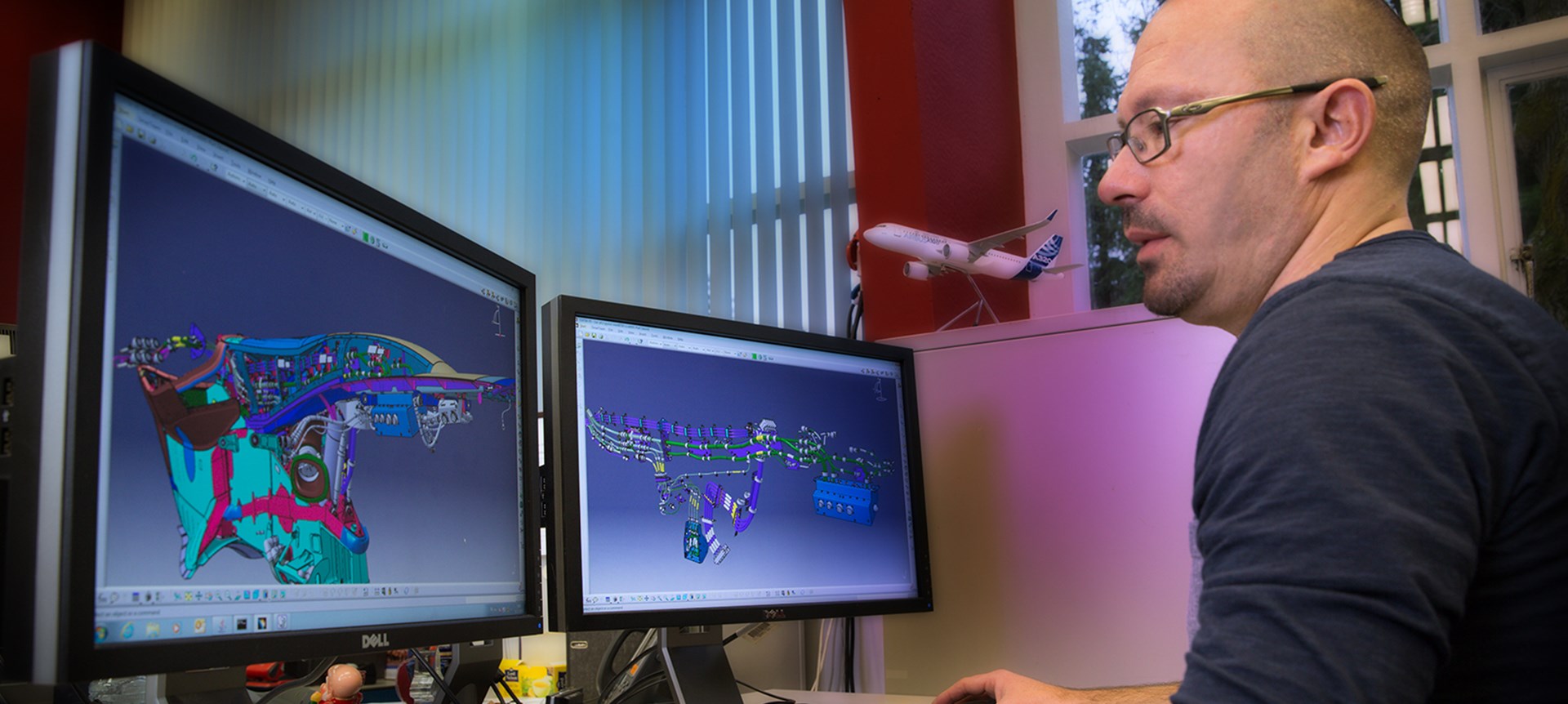Implementation of the update on the system, as mandated by the FAA, EASA, CAAC, and other authorities, will soon arrive. Many aircraft are yet to undergo this update!
Our engineering team is well-versed in the updating process of ADS-B Out having implemented our end-to-end solution in over 850 aircraft with 130 operators.
Available for various Airbus, Boeing, De Havilland and Fokker aircraft types.
Become compliant to the mandate!








